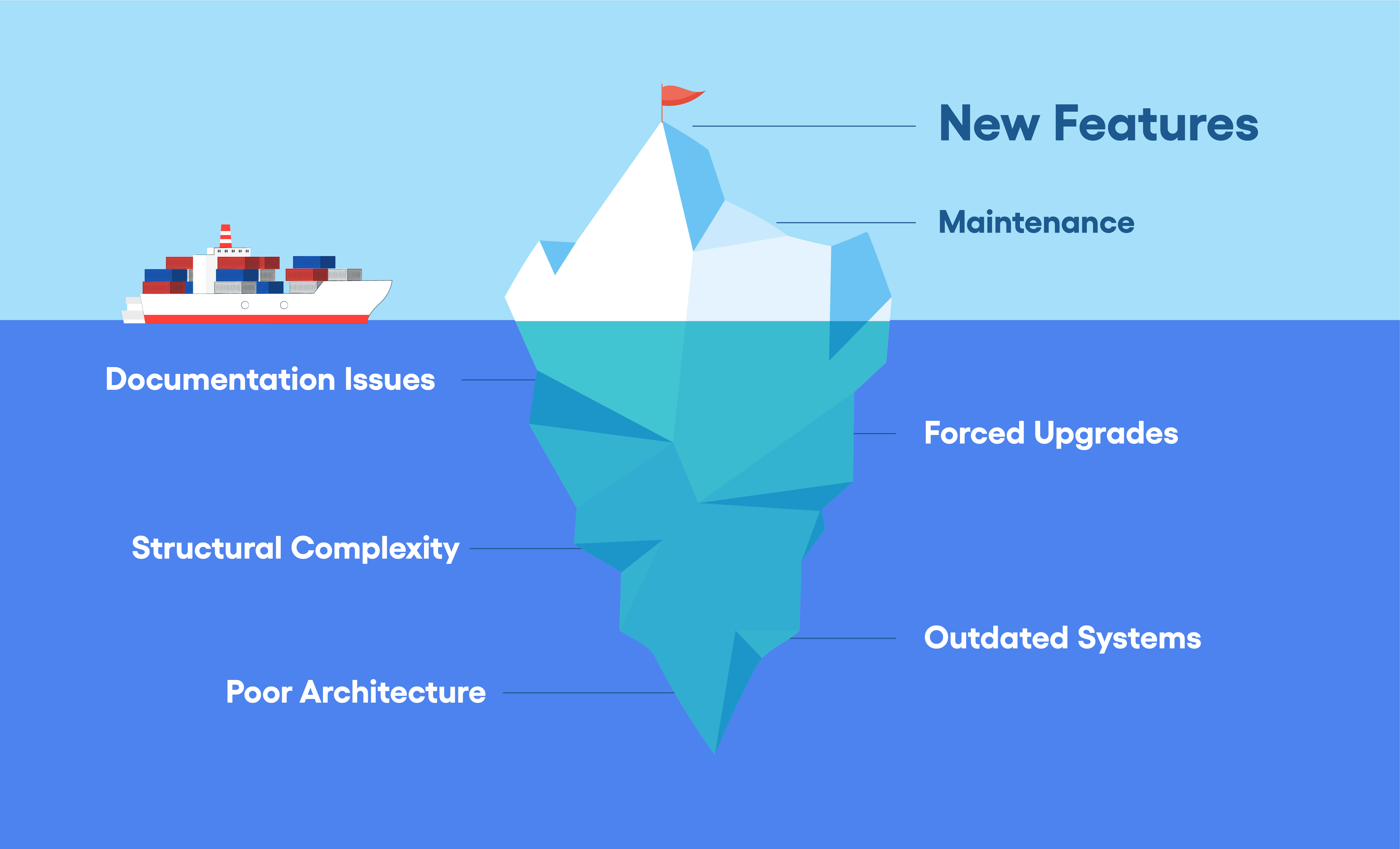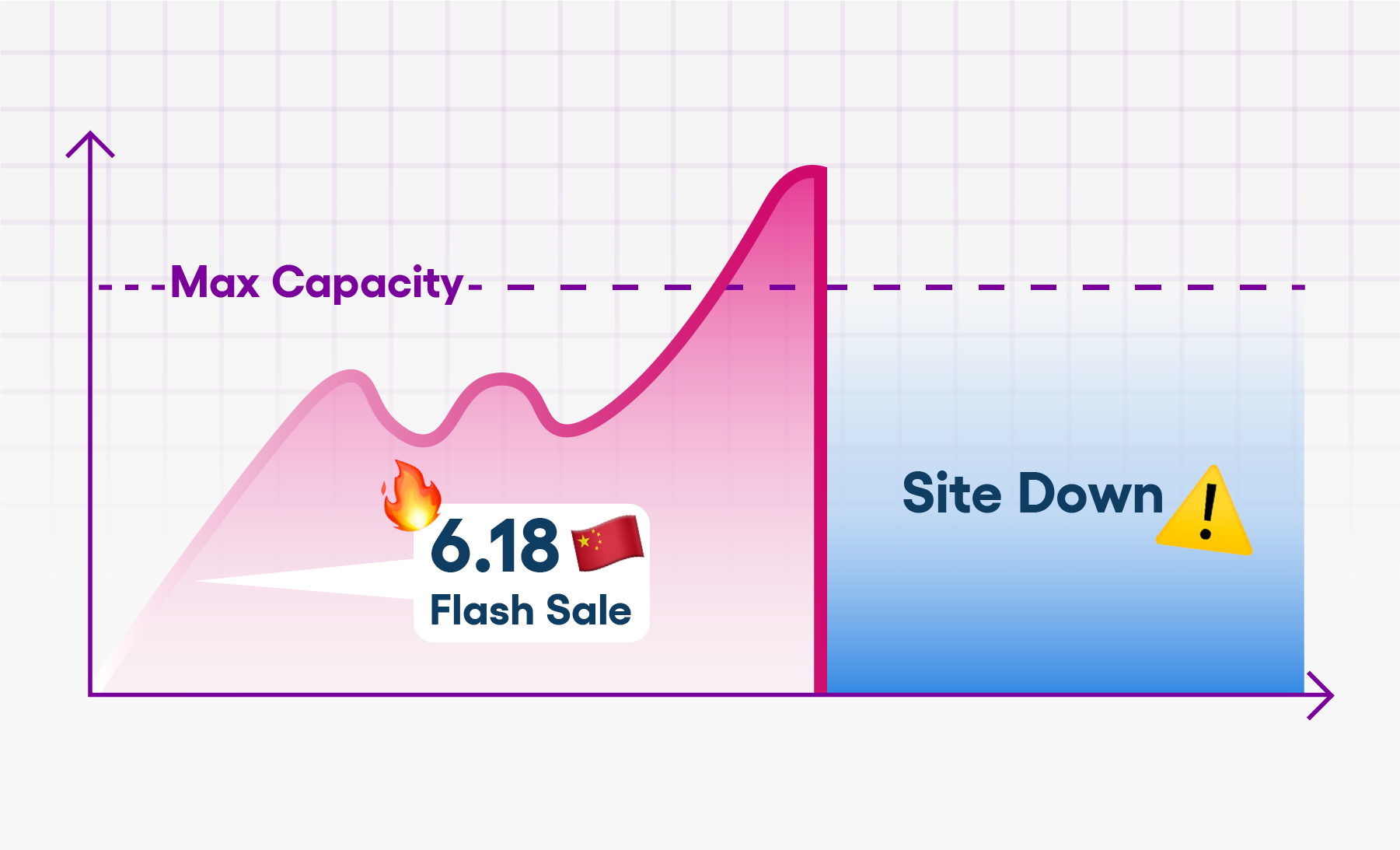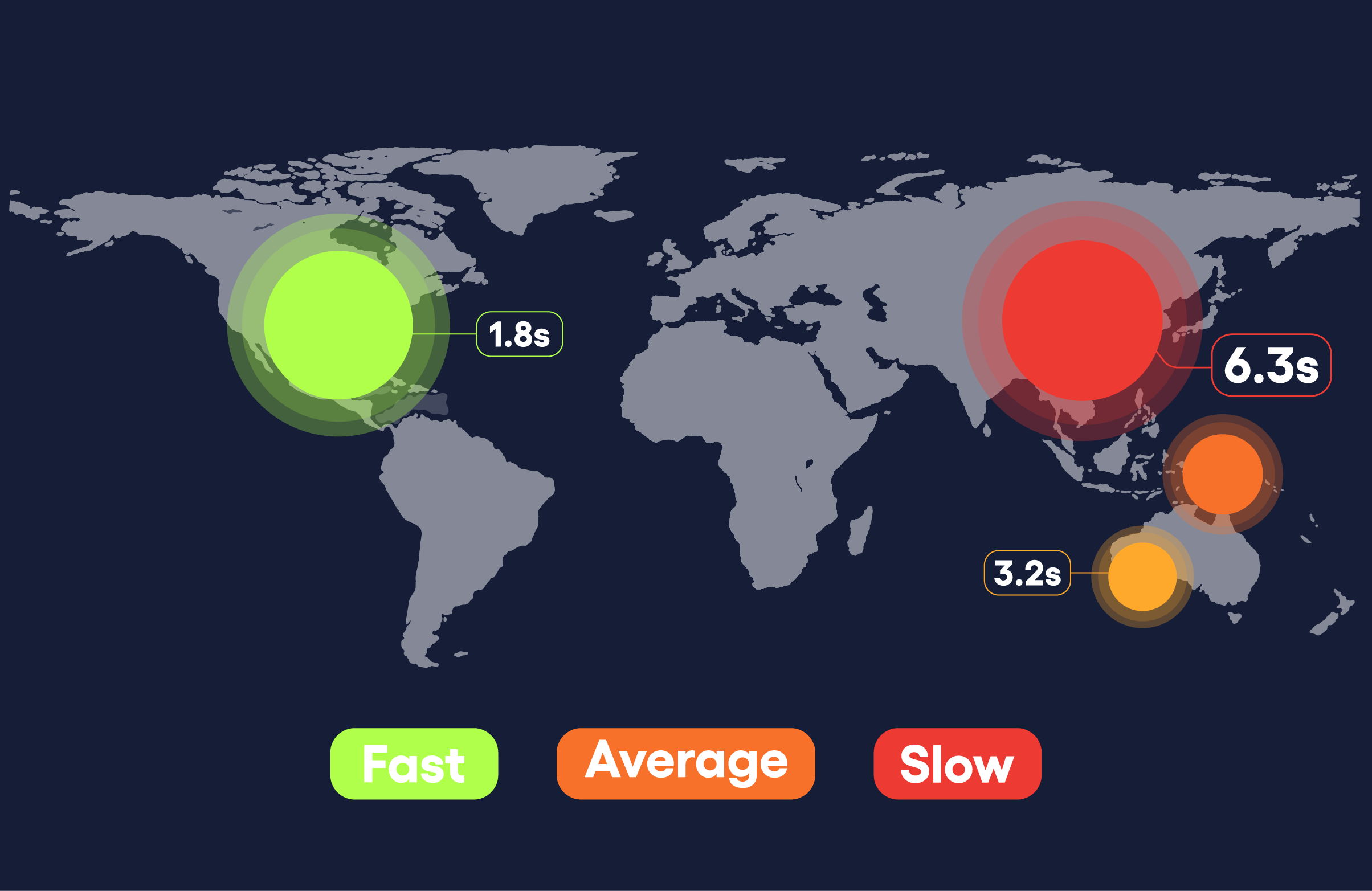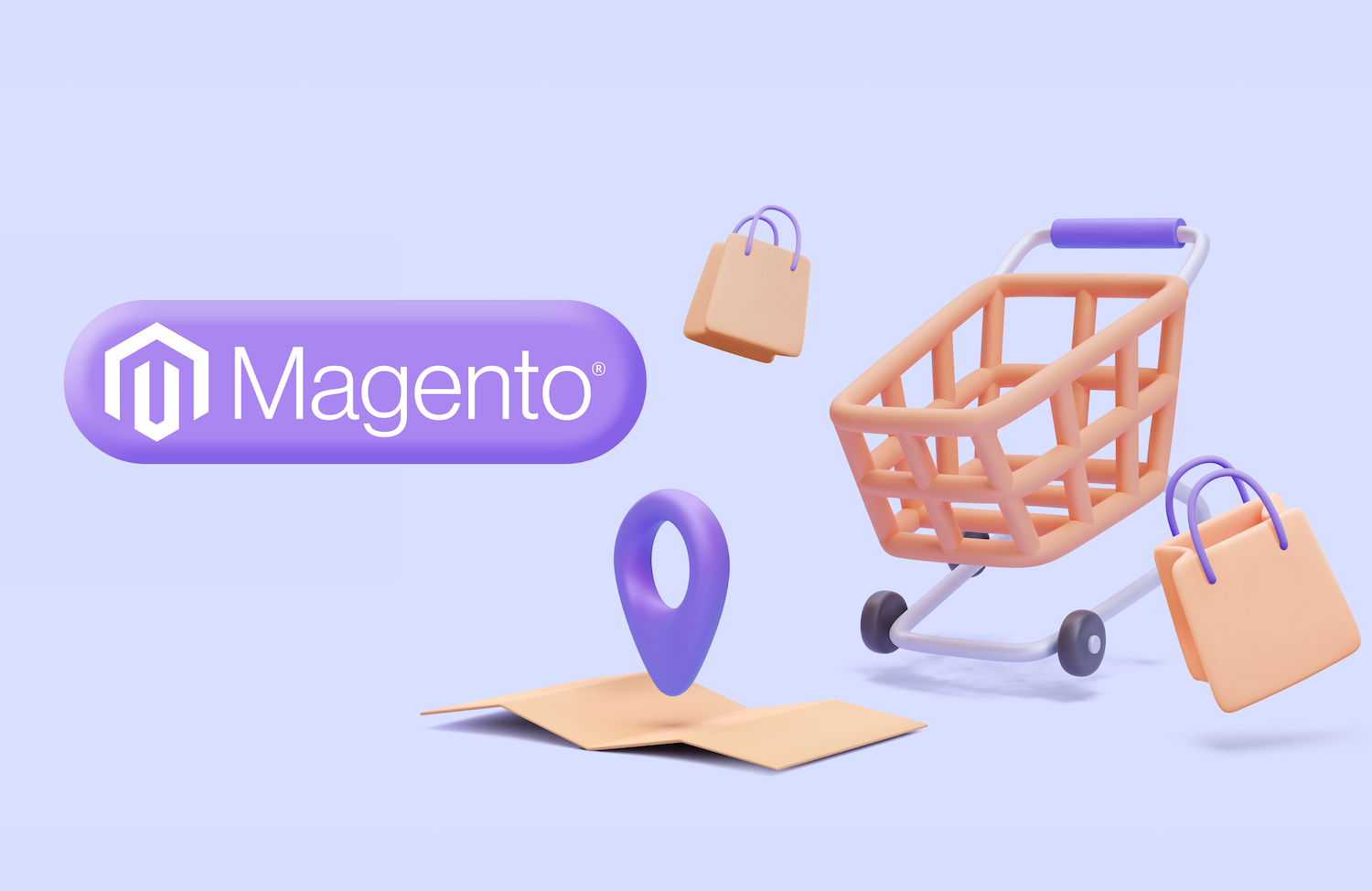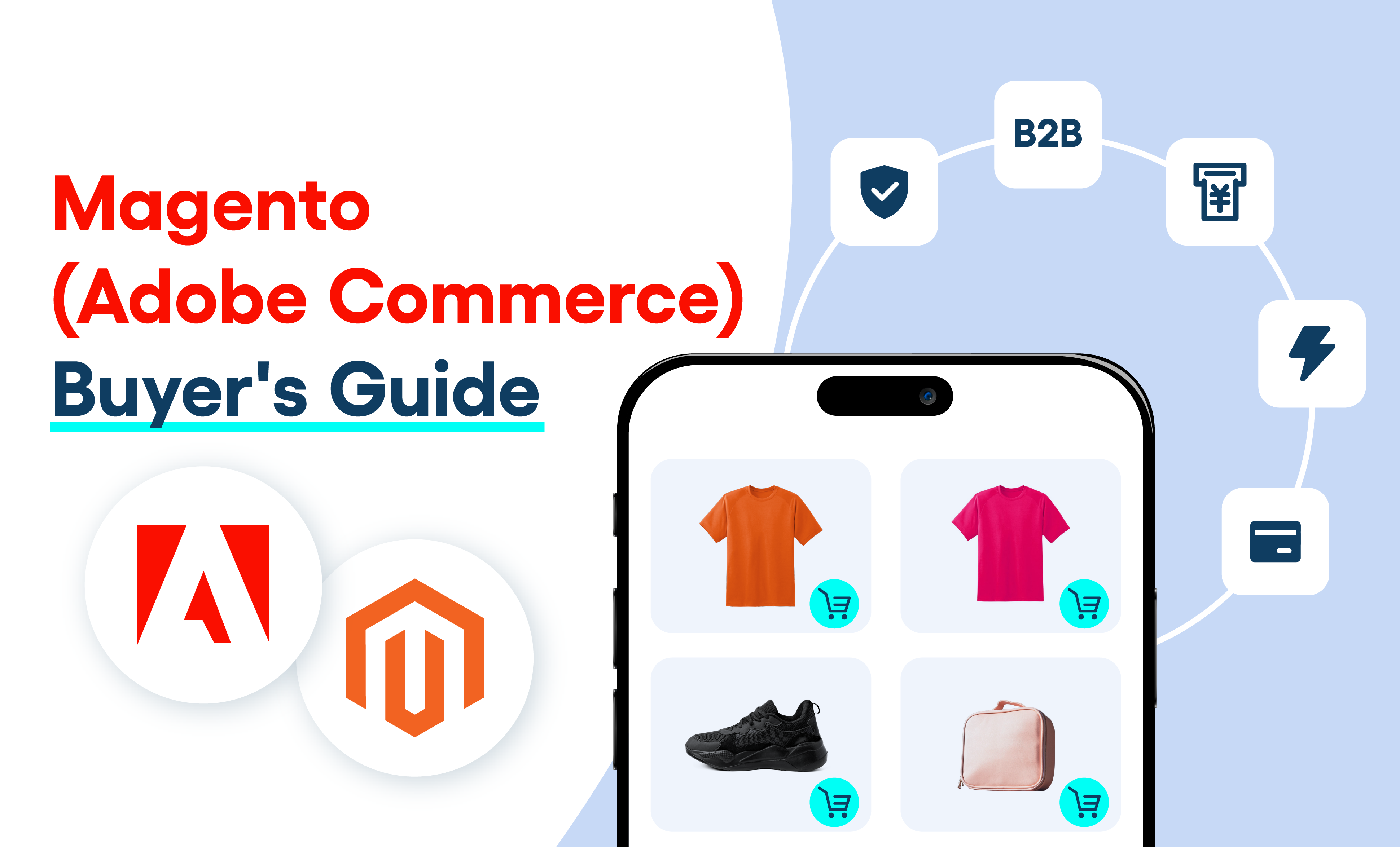Over the past two decades, most businesses have had to deal with the online world in some way. But while many jumped in head-first and embraced eCommerce, others have understandably been more cautious. For several good reasons, some businesses chose instead to stay purely offline. However, the online world has become more integrated with our daily offline lives than ever before. Meanwhile, the Coronavirus has highlighted the vulnerability of purely offline businesses in this day and age. So now even some of the most determined offline businesses are considering dipping their toes into the online world, and taking their business online.
In Taking Your Offline Business Online in 2020The Coronavirus has shown the vulnerability of purely offline businesses. Now is the time to start looking into taking your offline business online.the first article in this two-part series aimed at helping such enterprises approach digital transformation, we covered the path traditional retail stores and brands can take to take their businesses online. Here, we look at setting up your own online platforms. This can be a more interesting route than using existing options. Getting started with eCommerce can be intimidating to even the most confident offline businesses. But TMO Group has a wealth of experience in this sphere to help businesses go online painlessly and successfully.
~~~~~~~~~~~~~~~~~~~~~~~~~~~~~~~~~~~~~~~~~~~~~~~~~~
Why Set Up Your Own Platform?
We touched on this in our Taking Your Offline Business Online in 2020The Coronavirus has shown the vulnerability of purely offline businesses. Now is the time to start looking into taking your offline business online.previous article. But it bears repeating - and indeed expanding. The basic positives to setting up on an existing marketplace are that the infrastructure is already there, the platform already has engaged consumers, and it’s relatively simple for a company with limited or no online expertise to set up on the platform. There are drawbacks, however. For example, on another company's platform, you don’t really have total control over how consumers see and interact with your products.

But beyond this, sharing a platform with all your competitors means it can be hard to stand out. As a consequence, you tend to have to spend a lot in order to attract attention and acquire users. Cost of user acquisition and retention can be huge, which means establishing a strong presence on such platforms requires a significant investment. Traditional retail brands can leverage their existing customer base to alleviate this somewhat. However, this approach can be more successful when directing users to a dedicated platform than merely directing them to one store on a larger platform.
Meanwhile, on your own platform you gain full control over your brand, products, and sales processes. Additionally, it's easier to integrate online and offline business, transactions, promotions, stock tracking, logistics, and so on.
Offline Malls and Shopping Centers Going Online
Offline malls, once the crown jewel of the consumer shopping experience, have had a shakier time in recent decades. With strong competition in the "everything you need in one place!" department from online alternatives, malls have had to adapt. After all, while online shopping can provide bargains and convenience, but isn't able to compete on experience terms. And in some regions like Thailand, eCommerce is still in an early enough stage that malls remain overwhelmingly dominant.
However, it is becoming increasingly clear that a purely offline model is vulnerable. Not just to shut downs and physical inconveniences, as highlighted by the Coronavirus crisis. But also vulnerability to competition from combined offline-online franchises and experiences. Companies that can integrate an online side with their offline experience can then leverage the advantages of both. And also realize some attractive synergy between the two! A prominent recent example is Thai mall giant Central teaming up with Chinese eCommerce behemoth JD to sell online, as JD Central.
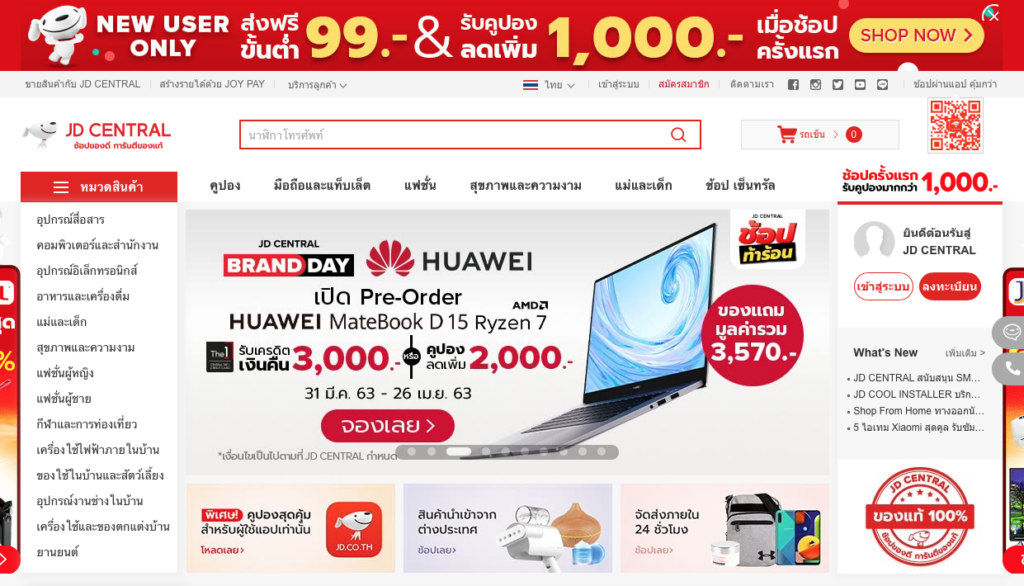
Some synergies are more obvious than others, like joint rewards/loyalty schemes between your offline and online sides. But there are a wealth of different ways this approach can help beyond these. Like online stock check for the offline stores, reassuring customers that their trip to your mall won't be wasted and so encouraging them to swing by. Or simply adding a "pick up in store" option for online purchases. Such passive conveniences can allow online to reinforce and support offline business, rather than merely cannibalizing it.
But what is involved in actually setting up your own marketplace platform? Below we break down the main important parts any marketplace will need to set up in order to function - and thrive.
A Brief Look at Platform Design
Customer Frontend
The interface customers interact with is the most obvious part of a platform that needs developing. This is how everyone (including mall owners!) interacts with online marketplaces. In many cases, a user interface (UI) and the user experience (UX) in general can make or break a platform. This is especially frustrating for the owner when their platform does everything else right.
Your platform needs to take into account modern design sensibilities. These aren't trends popular among designers with no real-world relevance - these are based on actual consumer expectations and preferences. Where information is placed on the page, which features and options are provided to the user, and navigation style all need to conform to how users are accustomed to using such websites. Innovation is certainly a positive force a lot of the time. However, this sometimes needs to be kept in check so that basic user requirements are still met.
Fundamental to the user experience on a marketplace is that it does not feel too much like buying on multiple different shops at once. At least, not in any inconvenient sense. A customer should be able to shop around on your platform, add items from multiple merchants into their cart, and take them all to checkout as a single transaction. This makes for a simple, streamlined buying experience that doesn't lag behind standalone brand eCommerce sites.
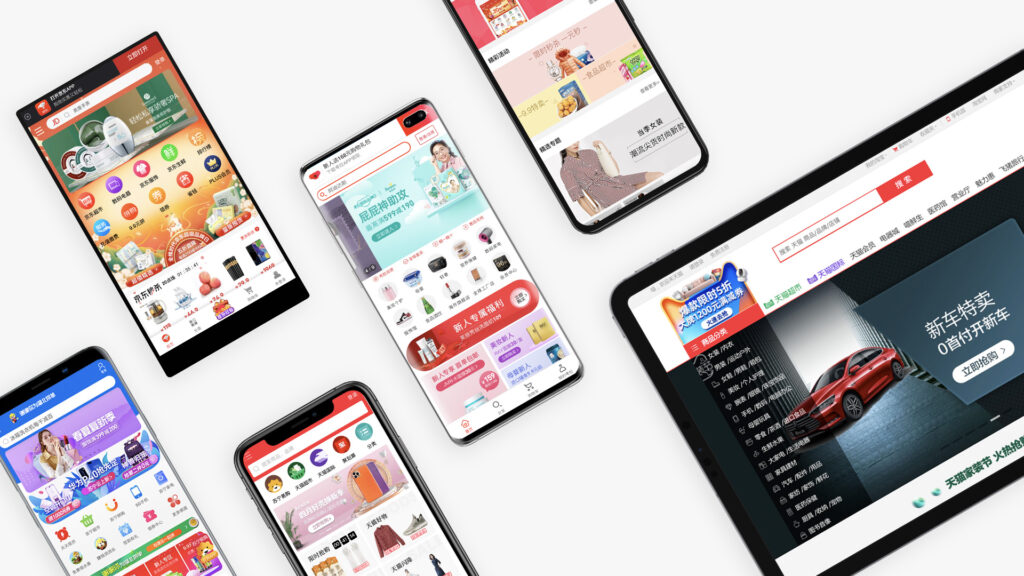
Merchant Backend
Behind the scenes, the merchant selling to consumers accesses a very different part of the site. The merchant backend is less recognizable and familiar to us as users. This is simply because while we are all consumers, not all of us are sellers! But it is no less important for that. For a single brand platform, this is just the interface you use to handle customer orders, product information, and so on. For a shared platform with multiple sellers, this is the interface those sellers use. As such, it needs to be made to provide them with the tools they need without stepping on your toes as the platform owner.
On the merchant backend, platform owners need to make sure that merchants can easily input and update their products. They should also be able to run custom promotions and seamlessly link the platform to their logistics and warehousing processes. There's little more frustrating for a consumer to place an order and then be told that the product is out of stock. Especially after payment has already gone through! So the merchant backend needs to be robust and fully featured to prevent the system from getting in the way of solid merchant-to-consumer interactions.
Admin Management
Even further behind the scenes is where the platform owner or their hired platform manager handles things. The platform needs tools for the owner to manage their different merchants if you have them, as well as site-wide features. With the proper tools, you can grant different rights and capabilities to different merchants. This paves the way for membership levels or even segregating merchants into a general marketplace and a space for flagship stores of preferred, select brands or merchants. Meanwhile, general site tools will help you make overhauls or new design decisions with your site without having to go back to the design stage and redo parts from scratch. Greater flexibility is also useful during temporary site makeovers, such as during buying holidays.
If you're interested in taking this conversation further, don't hesitate to get in contact with our team of experts here at TMO Group for a consultation.


